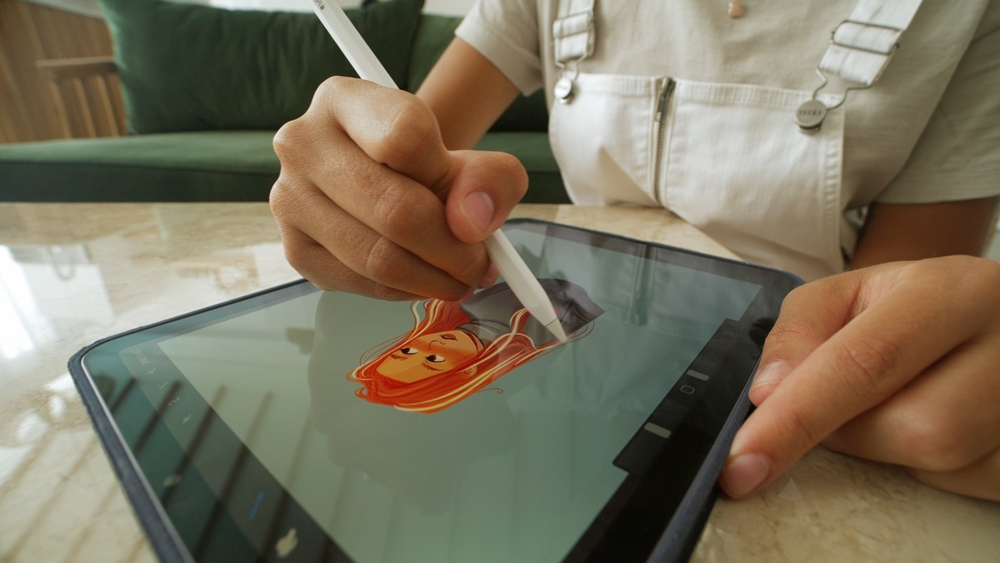Reshaping the Industrial Landscape: An Exploration of Co-Bots in Manufacturing
In the world of business and industry, change is the only constant. It's a realm where innovation is always around the corner, ready to disrupt established norms and redefine operational efficiency. One such game-changing trend is the use of collaborative robots or "co-bots" in manufacturing. By combining the precision and efficiency of robots with the creativity and problem-solving skills of humans, co-bots are reshaping the industrial landscape in unprecedented ways.
The Emergence of Co-Bots: A Historical Overview
Co-bots didn’t just appear out of nowhere. They are the result of decades of technological advancements, market demands, and business innovation. The term “co-bot” was first coined by researchers at General Motors in 1996. They envisioned a future where robots and humans could work side by side, complementing each other’s strengths while mitigating their respective weaknesses.
Fast forward to today, and we’re starting to see their vision become a reality. As technology has advanced, so too has the potential for co-bots. They’re no longer just a concept or a prototype - they’re a practical solution that’s being adopted by businesses worldwide.
Current Trends and Insights: Co-Bots in Action
Co-bots are making a significant impact in various industries, particularly in manufacturing. They’re being used to automate repetitive tasks, reduce human error, and increase production speed. For example, BMW has implemented co-bots in its assembly lines to handle delicate operations that require a high degree of precision, such as applying adhesive to windshields.
However, co-bots are not just about automation. They’re about collaboration. They’re designed to work alongside humans, not replace them. They can learn from human operators, adapt to changes in the environment, and even anticipate their human co-worker’s actions. This collaborative approach leads to improved productivity, better quality control, and safer work environments.
The Impact of Co-Bots: Benefits and Challenges
The benefits of co-bots are clear: increased efficiency, reduced costs, and improved safety. However, implementing co-bots also comes with its challenges. Businesses must invest in new equipment, train their employees to work alongside robots, and adapt their workflows to accommodate this new technology.
Furthermore, there are potential social and ethical issues to consider. While co-bots are designed to work with humans, not replace them, there’s still a risk of job displacement. Businesses must handle this transition responsibly, ensuring that employees are re-skilled and that the benefits of co-bot implementation are shared equitably.
The Future of Co-Bots: A Forward-Thinking Perspective
The future of co-bots is bright. As technology continues to advance, co-bots will become even more capable and versatile. They’ll be able to handle more complex tasks, work in more diverse environments, and collaborate more effectively with human workers.
However, the future isn’t just about technology. It’s also about how businesses adapt to these changes. Businesses that can effectively integrate co-bots into their operations, manage the transition responsibly, and leverage the full potential of this technology will be the ones that thrive in the coming years.
Key Takeaways and Insights
-
Co-bots are a powerful tool for improving efficiency and reducing costs in manufacturing.
-
They’re designed to work alongside humans, complementing human strengths and mitigating human weaknesses.
-
Implementing co-bots comes with challenges, including the need for new equipment, training, and workflow adaptations.
-
The future of co-bots is bright, but it will require businesses to adapt and innovate.
In conclusion, co-bots are more than just a trend. They’re a powerful tool for reshaping the industrial landscape. They’re about more than just automating tasks - they’re about fostering collaboration, enhancing productivity, and driving growth. The future of co-bots is bright, and businesses that can effectively leverage this technology will be the ones that thrive in the years to come.





